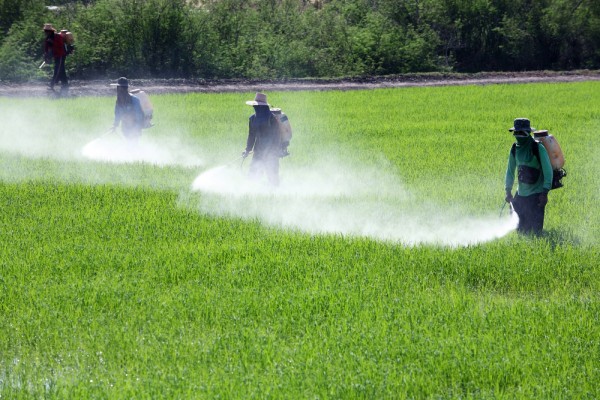Among many growing concerns in the society is the increased use of pesticide and other pest killers. Many experts have encouraged the use of informed decisions regarding safe practices related to the use of pesticides. As average consumers, we should know the safe level of usages for agricultural commodities. There are limits on the amount of pesticide residues that may remain in our food.
The Environmental Protection Agency (EPA) has set the MRLs (maximum residue limits) or the tolerances of pesticides that may be present in and on our food. Food products are consumed by many people, including infants and children. For this reason, it is important to have accurate data on the amount of pesticide usages in specific locations. There are many commodities that may contain pesticide, including meat and even water.
When monitoring pesticides, isomers, degradates and metabolites on food, experts use the MRMs (multiple residue methods). They can detect different compounds through an analytical test that involves 30 different methods. They help us to identify many pesticide compounds in food. Each year, many foods have been detected with traces of pesticides on or in them.
Not only food products that are directly exposed by pesticides, such as fruits and vegetables; other commodities like chicken meat, beef, butter, milk and other food derivatives may contain some amount of pesticides.
During the actual test procedures, experts emulate the usual consumer practices. They remove the inedible parts of the vegetables and fruits. The edible parts are collected and washed under running water for specific period of time before chopped and prepared for further process or immediate consumption.
According to the instructions in the labels, packaged juices could be diluted or fresh fruit are homogenized (made into juices). Meats could also be homogenized (minced), to simulate steps people do when they about to make burgers.
The presence of pesticides in the samples may nearly reach 60 percent and some of these samples have reached the dangerous levels. Some commodities are more likely to contain pesticides, if they are directly exposed during the planting process. They include strawberries, peaches, nectarines, cherries, apples, oranges and others. Presence of pesticides is also found on root-based food products, such as potatoes and carrots, although often at lower quantity.
It should be noted that illegal uses of pesticides are possible and this could further increase the risk of poisoning. Therefore, it is important to assess the dietary risks associated with the national food supply.
There are certainly questions on how the long term exposure of pesticides could affect our food supply in the long run. In general, we need to ensure that our families are eating proper food with minimal or if possible, with non-existent contaminants. Alternatively, people who have extra areas in their houses should consider raising their own vegetables and fruits. Organic gardening has become a trend in many areas.
We could use kitchen waste as compost and purchase predatory insects from organic gardening stores to deter pests. This is probably the safest way to ensure that we are eating pesticide-free food.
The Author’s hobbies includes playing football, video games and learning small business seo services tips and tricks



